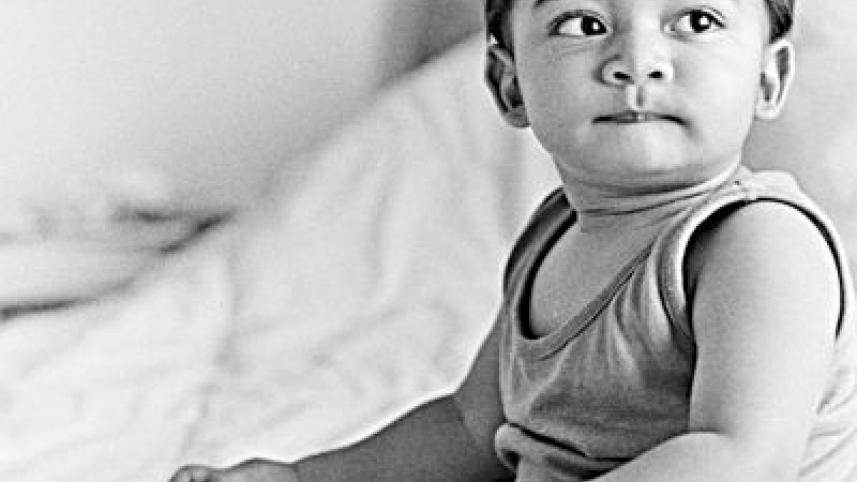My (Long-Suffering) Cameras

I did not have a camera in childhood, nor did I show a gift for photography as a precocious child. My dear aunt Chhotofufu gave me my earliest camera, a Diana, when I was twelve. It should have opened creative doors for me, but being a distracted adolescent I missed the opportunity.
In my teenage years I had a series of photographer friends but their technical talk bored me. I got lost in f-stops, depth of fields and focal lengths. However, in 1979, when I was a third-year engineering student in the US, my roommate took me to an exhibition of photographs by Ansel Adams at the university museum. Upon entering, I stopped dead in my tracks and gaped in wonder. I marvelled. I was completely smitten. The photography bug had bit me.
But I still had no camera.
This was fixed the following year when I bought a Canon AE1 for USD 130. While there were more attractive cameras in the market (I remember drooling over Contax cameras in particular) this was the one within reach. It met my needs well. I was interested in people photography, particularly in the streets, and the AE1 lent itself to quick, unobtrusive shooting. Learning to process my own black and white film, I was on my way.
I bought my first Leica in 1984, about a year starting work in Silicon Valley as a software engineer. Unfortunately this camera, an M4, had two shortcomings: it had no meter and film-loading was difficult. In the meantime I was on my fourth AE1, having destroyed the first three from overuse. The AE1s continued to work better for me. Around 1986 I was asked to teach black and white printing at the darkroom at University of California Berkeley's photography programme in San Francisco. The AE1 was always slung around my neck.
In 1990 I invested in a Leica M6 and two new Leitz lenses. This camera turned magical. After my children were born I used it to take numerous black and white photographs of them growing up. The luminous images from those days, enhanced by the bokeh of Leica lenses, still warm my heart and stir my soul.
Around 2001, I got my first digital camera, a small Canon. Within a few years I had converted fully to digital. The Canon 5D, an amazing camera, came out after I returned to Bangladesh. An Australian friend convinced me about it and I had him buy me one from Bangkok. A couple of years of heavy use, and the 5D's mirror fell off one day while I was photographing elephants in a tea garden.
When I entered bird photography, I realised it was a game of lenses because birds are far and telephotos lenses bring them close. There is nothing more frustrating than chasing a beautiful bird only to have it show up as a tiny speck in the final photograph. So these days I pay attention to big lenses.
My workhorse camera today is a Canon 1D Mark IV. It has been repaired several times but I rely on it. Two new generations of cameras have since come out. When I find one that helps me make better photographs I might upgrade. In the meantime, the camera in my hands is a tool to communicate through photography. It is never an end in itself.
Note: bokeh is the rendering of out of focus areas by a particular lens.
facebook.com/tangents.ikabir. Interested in Leica? There is a Leica shop at the Radisson.



 For all latest news, follow The Daily Star's Google News channel.
For all latest news, follow The Daily Star's Google News channel.
Comments